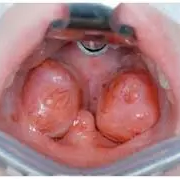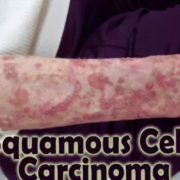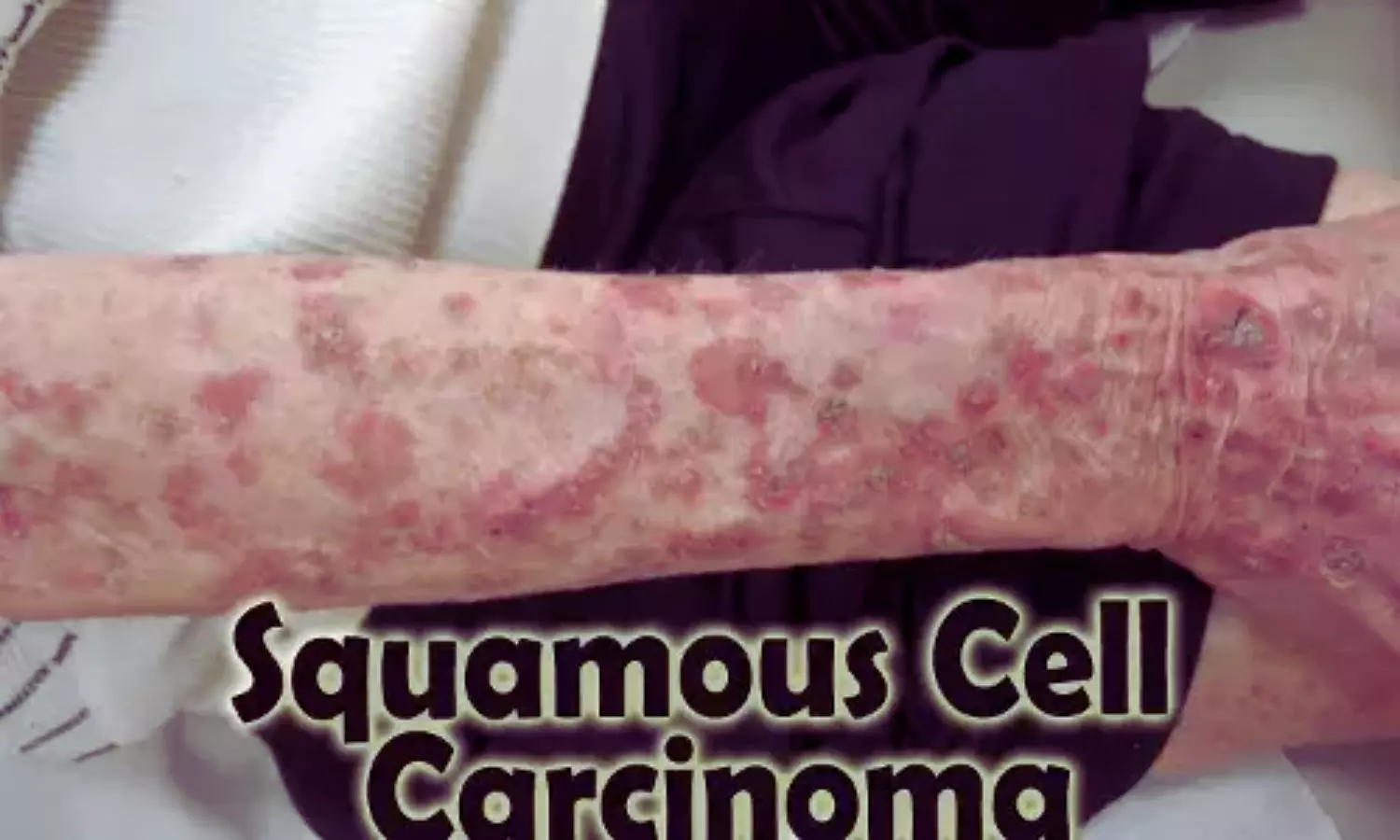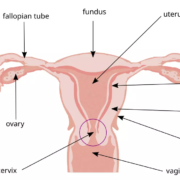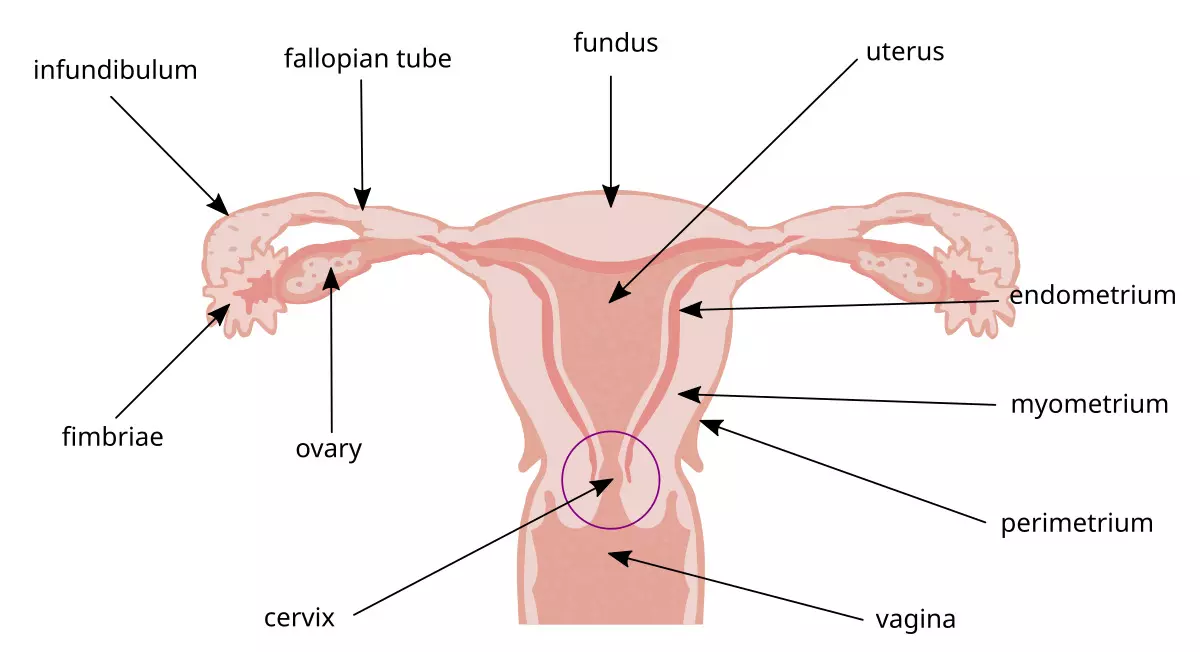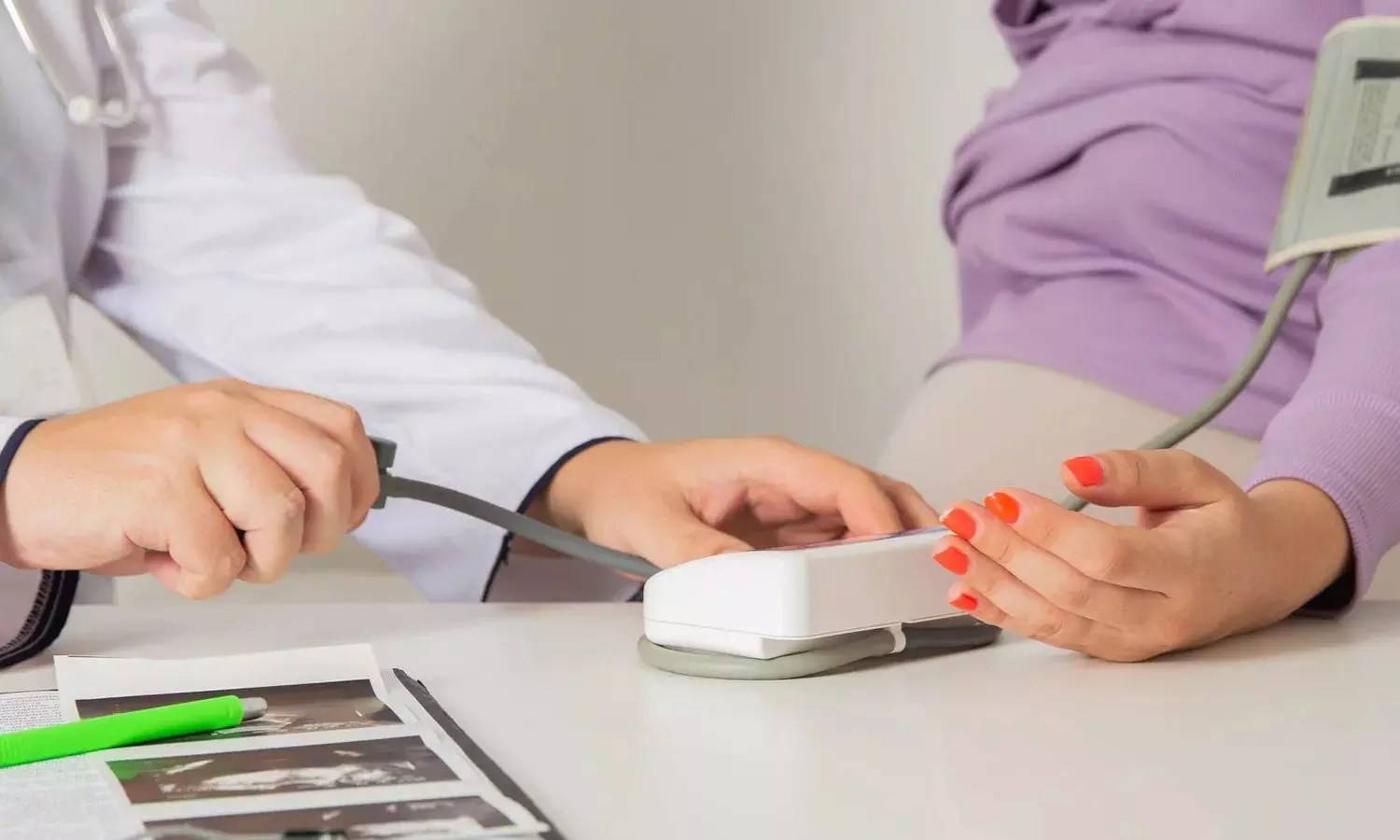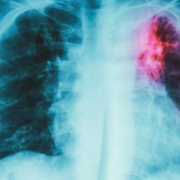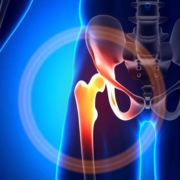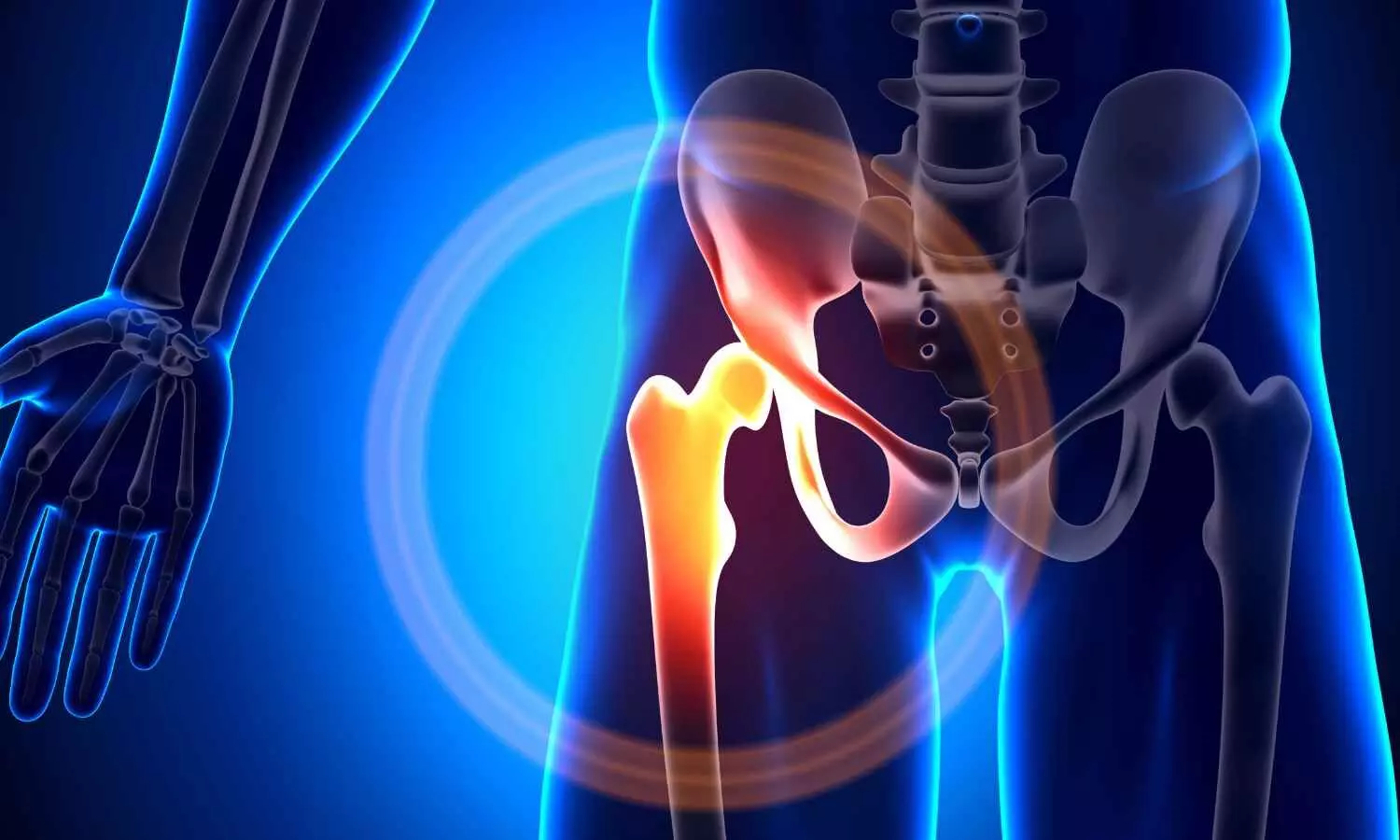Partial tonsillectomy as effective as total tonsillectomy for patients with recurrent tonsillitis, finds study
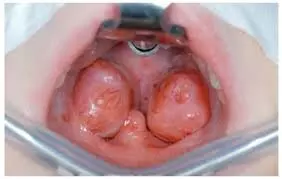
Partial tonsillectomy as effective as total tonsillectomy for patients with recurrent tonsillitis, finds a study published in the European Archives of Oto-Rhino-Laryngology.
In long-term follow-up, it remains uncertain whether tonsillectomy, a procedure associated with significant comorbidity, can be substituted with partial tonsillectomy in patients with recurrent tonsillitis. This paper is to present the 5-year follow-up data of our previous study titled “Total versus subtotal tonsillectomy for recurrent tonsillitis-a prospective randomized noninferiority clinical trial.” The underlying study was performed as single-blinded prospective noninferiority procedure in patients with recurrent chronic tonsil infection, where one side was removed completely (tonsillectomy) and the other side partially (intracapsular/partial tonsillectomy). Five years after surgery, we collected data on the frequency of tonsillitis in the first, second, third, fourth, and fifth year post-surgery. We obtained assessments from patients, their ENT physicians, and general practitioners separately. To assess the impact of surgical therapy on overall quality of life, we employed the Glasgow Benefit Inventory (GBI). Results: Out of the 111 patients initially included in the years 2015-2018, 79 were eligible for the 5-year follow-up, representing a 71% follow-up rate. The mean follow-up time was 60 months. Notably, during the first 12 months post-surgery, no cases of bacterial inflammation were observed in the remaining tonsillar tissue following partial tonsillectomy, suggesting noninferiority compared to total tonsillectomy. This effect remained consistent over the 5-year study period. GBI results indicate that both total and partial tonsillectomy positively impact the physical and mental health of patients with recurrent tonsillitis. Considering that partial tonsillectomy is associated with less pain and reduced postoperative bleeding, it may emerge as a potential replacement for total tonsillectomy as the standard method in the future.
Reference:
Kisser U, Stelter K, Lill C. Total versus subtotal tonsillectomy for recurrent tonsillitis: 5-year follow up of a prospective randomized noninferiority clinical trial. Eur Arch Otorhinolaryngol. 2024 Sep 26. doi: 10.1007/s00405-024-08987-1. Epub ahead of print. PMID: 39322860.
Keywords:
Partial, tonsillectomy, effective, total, tonsillectomy, patients, recurrent, tonsillitis, finds, study, Kisser U, Stelter K, Lill C, European Archives of Oto-Rhino-Laryngology, Tonsillectomy; Tonsillitis; Tonsillotomy
Powered by WPeMatico

